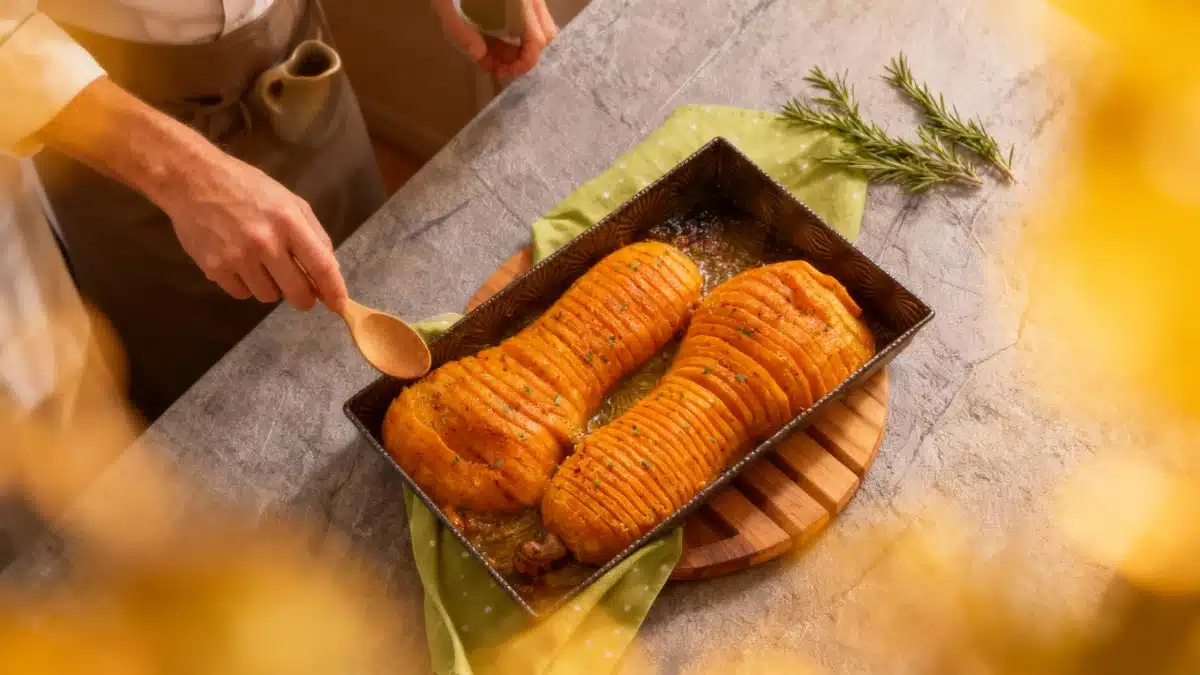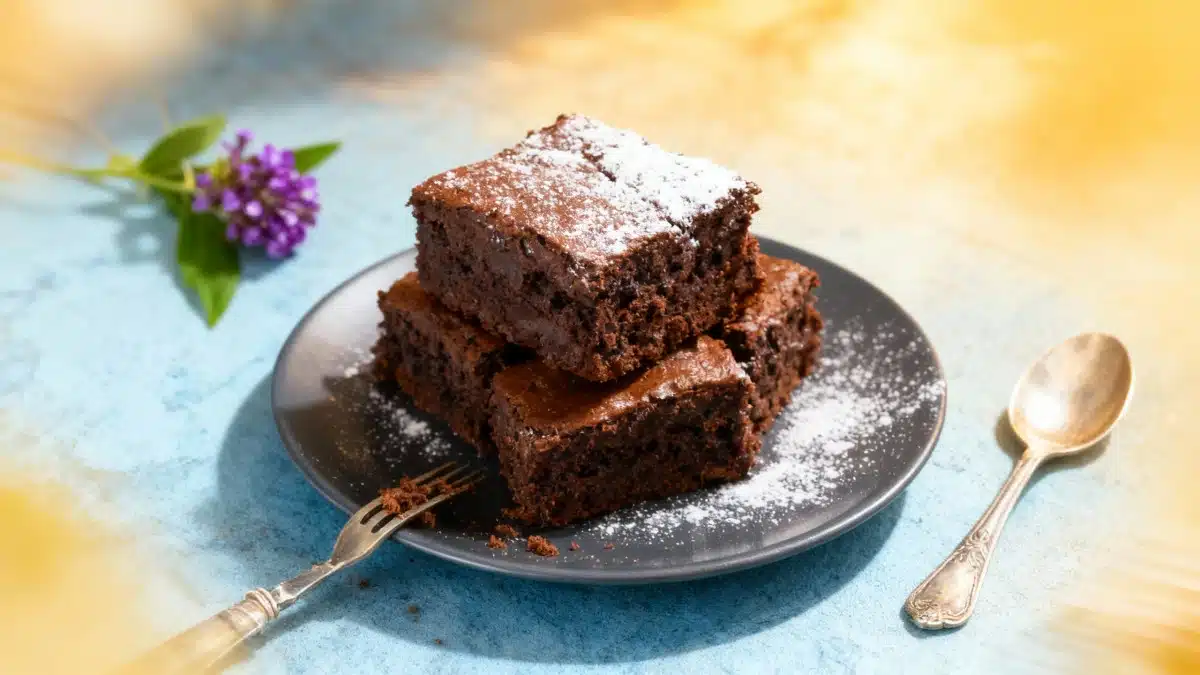Autumn is here, and suddenly everyone’s talking butternut squash! But why is one particular cooking method capturing everyone’s attention—and taste buds—this fall? If you’ve never swooned over a creamy butternut and coconut milk soup, drooled over a golden gratin, or tossed caramelized butternut into a vibrant salad, you’re in for an exciting (and delicious) ride. Let’s peel back the (admittedly tough) skin on this trendy squash and reveal why its preparation methods are sparking joy all season long.
The Marvelous Butternut: A Seasonal Hero at Its Peak
- Butternut squash is an affordable, locally-grown winter squash that’s easy to find throughout autumn and winter.
- With a large pear shape, thin beige-to-golden skin, and brilliant orange, dense, fiberless flesh, it’s perfect for countless recipes.
- Originally hailing from Central America, it’s now a worldwide kitchen staple thanks to its naturally sweet, nutty flavor and impressive nutrition profile.
Whether you pick one up at the farmers’ market, the organic store, or straight from your trusty weekly produce basket (special shout-out to those around Lyon using local relay pickup points—don’t forget that RECETTE24 discount code), prepare for a season of cozy, colorful meals…and to support local growers along the way!
Preparation Secrets: From Tough Skin to Pure Pleasure
- First, give your butternut a good rinse to remove any dirt. The skin can be a challenge—use a sturdy peeler and cut off both ends for easier handling.
- Once peeled, halve the squash lengthwise and scoop out the seeds (pro tip: roast these for a tasty, nutritious snack—waste not, want not!).
- Cut the flesh into even chunks for uniform cooking. For extra convenience, you can even bake it whole or halved before peeling; the skin comes off much more easily then.
Why Steaming Is the Mind-Blowing Star This Fall
The hype is real: steaming butternut squash is quietly upstaging every other method, and for good reason. Here’s why this technique is all the rage:
- Nutrient power: Steaming preserves more vitamins and minerals than many other techniques.
- Sweet, tender results: The gentle heat delivers perfectly soft, onctuous butternut, ideal for soups, purees—even baby food, as it’s easy to digest and packed with essentials for little ones (from 4 to 6 months old, with your pediatrician’s blessing).
- No additional fat required: Ditch the oil and keep the flavors pure, moist, and naturally sweet.
- Easy monitoring: Once in the steamer basket, let it cook for 15–20 minutes—check with a knife, and if it slides in easily, you’re done!
- Healthier glycemic index: Softer, faster cooking (like steaming) helps keep the squash’s glycemic index lower. The longer and more intensely you cook it (especially for purees), the more that index climbs.
To prepare: slice the squash into 2–3 cm chunks, place over simmering water (not submerged), and steam away. From this base, you can craft:
- Sumptuous purees (try blending with a dash of cooking water or milk),
- Delicate soups with coconut milk, carrots, and vegetable broth,
- Delightful pancakes, warm salads, or fabulous potato-like gratins.
Roasting and Pan-Cooking: Color, Texture, and Flavor Awakenings
Of course, steaming isn’t the only way butternut is making waves. Roasted butternut adds color (and caramelized edges!) to salads and sides, all while filling your kitchen with heavenly aromas.
- For roasting, toss cubes or slices in olive oil with salt, pepper, and spices like paprika or thyme. Roast at moderate heat—25 to 30 minutes for chunks, 45 minutes to 1 hour for halves or whole squash, until golden and tender.
- If you prefer a quick fix (without firing up the oven): pan-cooking is a speedy champion. A little oil, moderate heat, and in just 15–20 minutes you’ll have pieces that are crispy outside, melting inside, with their sweet flavors heightened by the heat. This method works wonders for caramelization and flavor development—feel free to toss in garlic, herbs, or a sprinkle of curry near the end for extra zing.
The joy of pan-cooking? Minimal gear (just a skillet and oil), faster results, and brilliant textural contrast. Perfect for those evenings when your stomach’s louder than your oven timer.
Conclusion: Rediscover Butternut, Rediscover Autumn
Whether silky-smooth as a coconut milk soup, nestled in a gratin, roasted until caramelized, or whipped into baby’s first puree, butternut squash dazzles with both versatility and flavor. This fall, let its gentle sweetness and natural goodness inspire you—on your table and in your community. Maybe try a new method, challenge your habits, and savor the seasonal magic everyone’s talking about. Who knows? Steaming might just become your next go-to mind-blower, too.

John is a curious mind who loves to write about diverse topics. Passionate about sharing his thoughts and perspectives, he enjoys sparking conversations and encouraging discovery. For him, every subject is an invitation to discuss and learn.






